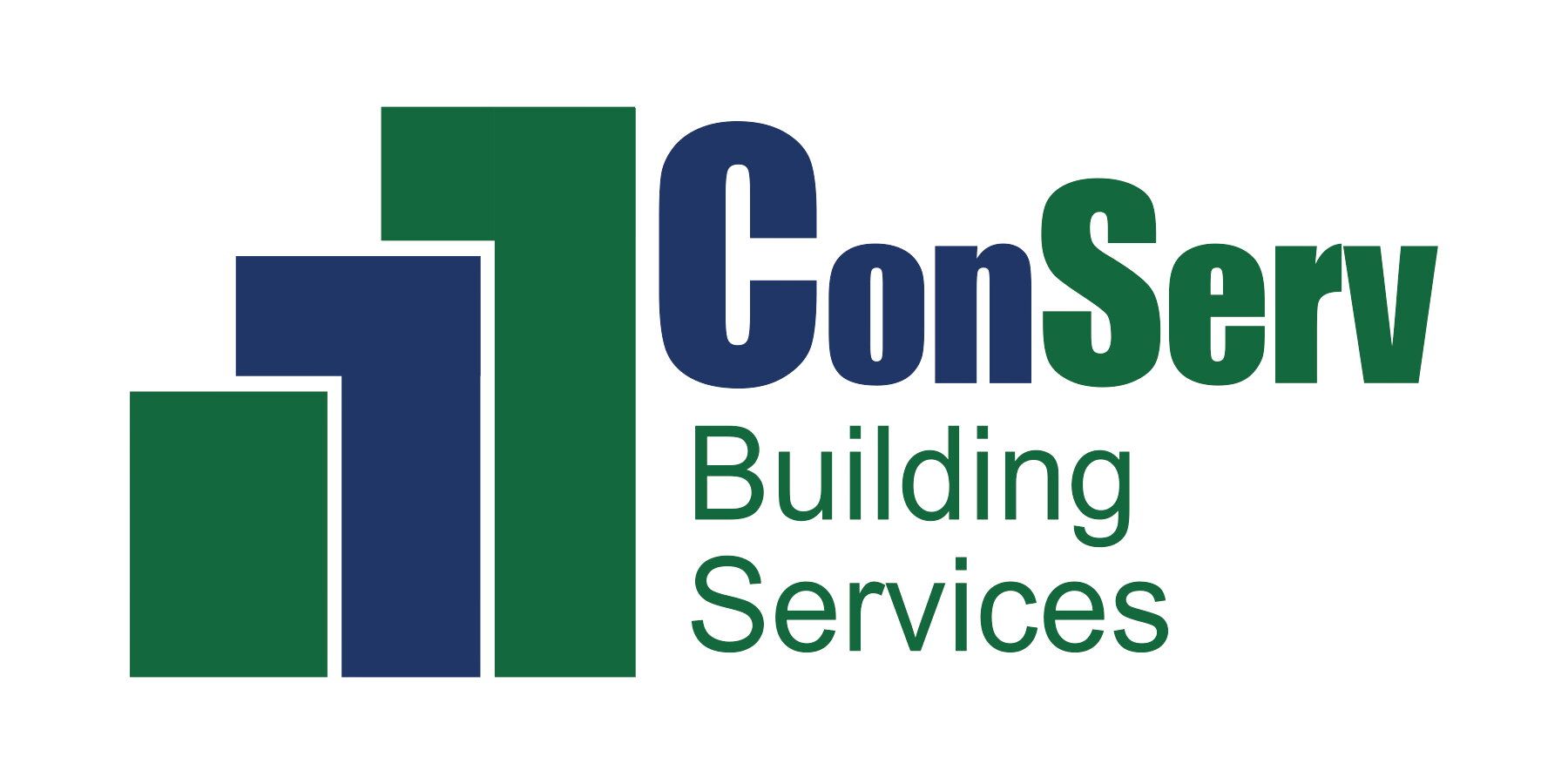Florida’s ecosystem is considered to be sub-tropic. That means, among other things, lots of year round humidity. Our air conditioning systems function to take this humidity out of the air before it reaches our living and work spaces. This removal of humidity is achieved by actually extracting the water out of the air in the system’s air handling unit. But now that the water is no longer a vapor, it needs someplace to go. The easiest way to see this removal of condensate water is in our own homes. The condensate can usually be seen dripping out of a pipe along a wall outside our house.
In commercial applications that clear waste (as it is referred to by engineers nowadays) is tied into the building’s storm system and dumped in a retention pond. But what if we could utilize that water for other means? Recovered condensate is considered clear, non-potable water; also known as clear waste. That means it has not come from a toilet or sink, but you cannot drink it or wash with it. There are several applications for recovered condensate. The most prevalent is supplementing make-up water to cooling towers and irrigation systems.
Cooling towers lose thousands of gallons of water each year due to evaporation. Businesses spend huge amounts of money annually for make-up water to keep these towers full and operational. Cooling towers have a chemical treatment system that injects biocides (bacteria and mold killers) and scale inhibitors (keeps the pH at a neutral level to inhibit calcium build up in the coils) into the water in the towers. We can drain the condensate directly into the towers to help reduce the costs of make-up water and it gets appropriately treated by the tower’s chemical treatment system.
Irrigation is another big expense facing a company’s overhead. Clear waste can be collected, treated, pumped, and used to supplement an irrigation system. The city water supply would only be responsible for keeping a certain amount of water in the holding tank. Clear waste could also be used for water for flushing toilets. This is also as a supplement to the city water supply, but using this method, the clear waste is collected, treated, and pumped to the bathrooms. The city’s water supply serves as a back up only to keep a certain amount of water in the tank. As a toilet is flushed the water from this tank is pumped through and less water from the city supply has been used.
Recovering condensate is a great money saving practice and adds points for LEED certification.
ConServ Building Services, LLC provides excellent commercial HVAC, refrigeration, plumbing, and general construction services to businesses across the Southeastern United States. To learn more about ConServ, visit www.conservonline.com.
